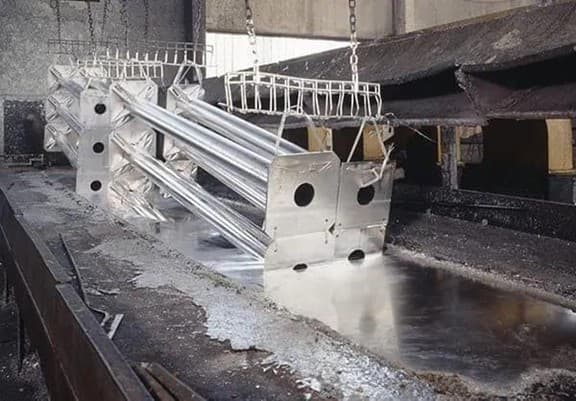
Simon Batt, CEO at Asendia UK discusses various ways for achieving a good workplace culture. Employee communication, genuineness, and aligning staff with the company’s vision boost company productivity.
In the current work environment, businesses are trying to find new ways to motivate employees and drive passion and commitment. Here are three ways leaders can take part in shaping a great workplace culture:
Communicate, communicate, and communicate
A Deloitte survey shows 94% of executives believe strong company culture is key to organisational success. Creating a healthy workplace for your team doesn’t have to be complicated.
The healthiest culture is a two-way communication approach, where workers can share their ideas freely, raise concerns, ask questions and express their needs. When leaders listen, give honest feedback, and regularly respond to ideas and questions, staff feel their input is valued. They then become more committed and engaged. Stop by your employees’ desks and ask for their opinions. Or, if you have a remote workforce, a simple ‘like’ or ‘comment’ on the company-wide communication channel goes a long way.
Authentic leadership
A positive working climate starts with being a genuine leader. This means showing your caring side and having a willingness to listen to staff concerns. Employees want to feel their boss is human too, not the revered and feared persona enclosed in a glass-walled office.
This behaviour cannot be enforced without openness and honesty. It takes time to build and nurture trust and empathy with team members at all levels, especially when research indicates 61% of employees cite trust as important to their satisfaction.
When people are well-connected with their leader, mutual respect and open collaboration follow. The bottom line is that everyone benefits from genuineness and workplace toxicity is minimised.
Creating a sense of purpose
Aligning your personnel to purpose is important for creating a successful workplace. Employees want to stay in the loop, and always know what is going on in their organisation. They want clarity about where the company is headed. They need to get a clear vision for the future, to wholeheartedly invest their time and hard work towards clear business goals.
Leaders need to find ways to explain their long-term business strategy. This view is supported by recent research showing a well-defined business strategy gets 76% of employees motivated. Sharing what is happening is not enough; leaders need to explain ‘why’ to foster engaging working conditions, especially in the current climate when many companies are going through constant change.
It’s also essential to provide employees with tangible support such as new skills training, and ensuring pleasant working conditions. Providing workers with incentives that matter, such as flexible working, will encourage them to go above and beyond. Once their basic needs are met, genuine recognition for their output, talents, and contributions becomes crucial for good team dynamics.
Those leaders who are charged with steering the organisational ship and making their personnel feel valued have a huge impact on business success.


